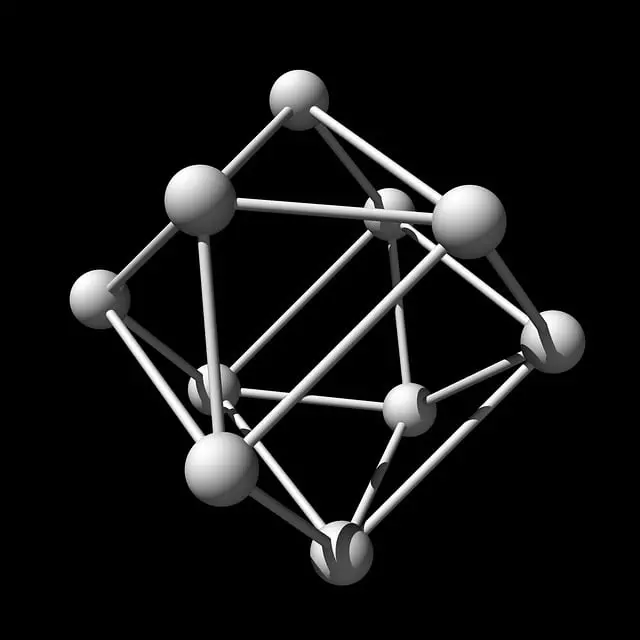Da Vein kratom, specifically the Maeng Da or Red Bali strains, has garnered attention among athletes and fitness enthusiasts for its potential role in post-exercise recovery. This natural supplement is renowned for its alkaloid content, particularly mitragynine and 7-hydroxymitragynine, which engage with opioid receptors to provide pain relief and reduce inflammation, aiding in the recovery from muscle soreness and joint discomfort that often follows intensive training. Beyond physical benefits, Da Vein kratom is also credited with supporting mental acuity and focus, crucial for both mental and physical performance recovery. Its mild stimulant properties at lower doses can help maintain energy levels and motivation after strenuous physical exertion. As a component of a recovery routine, Da Vein kratom holds promise for enhancing both physical and mental restoration in those looking to improve their athletic performance and well-being. It is important to approach its use with caution, adhering to safe dosage guidelines, considering individual differences in response, and being aware of potential interactions with other substances. Users should also verify the legal status of kratom in their area before incorporating it into their fitness regimen. For optimal muscle recovery and pain management post-exercise, Da Vein kratom should be administered at a moderate dose, timed according to the body's natural recovery phase, with personal tolerance and physiology taken into account to ensure safe and effective use.
Kratom, derived from the Mitragyna speciosa tree, has garnered attention in fitness circles for its potential role in enhancing training recovery. This article delves into how DaVein Kratom, a reputable supplier of kratom strains, can be integrated into post-workout routines to aid muscle recovery and alleviate pain. We will explore the benefits of kratom for athletes and fitness enthusiasts, offering guidance on strain selection, optimal dosage, and timely consumption for maximum efficacy. Additionally, we navigate the legal considerations and best practices necessary when incorporating kratom into a training regimen to ensure safety and compliance with regulations. Understanding the nuances of kratom usage is crucial for those seeking natural alternatives to traditional recovery methods.
- Understanding Kratom and Its Role in Training Recovery: An Overview of Mitragyna Speciosa's Benefits for Athletes and Fitness Enthusiasts
- Optimizing Your Post-Workout Routine with DaVein Kratom: Strain Selection, Dosage, and Timing for Effective Muscle Recovery and Pain Management
Understanding Kratom and Its Role in Training Recovery: An Overview of Mitragyna Speciosa's Benefits for Athletes and Fitness Enthusiasts

Mitragyna Speciosa, commonly known as kratom, has garnered attention within athletic and fitness communities for its potential role in promoting training recovery. Derived from the leaves of the kratom plant, this naturally occurring compound offers a multifaceted approach to post-exercise healing and wellness. Kratom contains a variety of alkaloids, with mitragynine and 7-hydroxymitragynine being the most prominent, particularly in Da Vina strains, which are known for their enhanced alkaloid profile and potency. These alkaloids interact with the body’s opioid receptors, providing pain relief and reducing inflammation, which can be beneficial for athletes experiencing muscle soreness or joint discomfort after intense training sessions. Moreover, kratom is believed to support mental clarity and focus, aiding in the mental recovery process that is crucial for peak performance and consistent progress. Its stimulating effects at lower doses can help users maintain energy levels and motivation, which are often depleted following rigorous physical activity. As a result, kratom can be a valuable adjunct to an athlete’s or fitness enthusiast’s recovery regimen, promoting both the physical and mental restoration necessary for optimal sports performance and overall health. However, it is imperative to approach its use with caution, adhering to recommended dosages and considering individual sensitivity, as well as potential interactions with other medications or supplements. Users should also be aware of the legal status of kratom in their jurisdiction before incorporating it into their recovery protocol.

When exploring natural methods for training recovery, kratom, particularly in its Da Vein strain variant, has garnered attention among athletes and fitness enthusiasts. This unique strain is known for its balanced alkaloid profile, which includes 7-hydroxymitragynine and mitragynine, both of which are thought to contribute to its recovery-enhancing properties. Post-workout muscle soreness can be mitigated by the anti-inflammatory effects of kratom, allowing for more efficient healing and reduced recovery time. The Da Vein strain is particularly revered for its ability to provide pain relief without inducing drowsiness, a characteristic that enables users to maintain mental clarity while their bodies recuperate. Additionally, kratom’s impact on stress response systems may aid in reducing the physical and psychological stress associated with intense training regimens, further promoting recovery. Users often report an improved sense of well-being, which is crucial for sustained performance over time. When integrating kratom into a recovery protocol, it is essential to adhere to recommended dosages and to consult with healthcare professionals to ensure safe usage, especially considering individual differences in metabolism and tolerance. Proper dosing and responsible use can help athletes achieve the desired balance of pain relief, energy maintenance, and mental focus necessary for effective training recovery.
Optimizing Your Post-Workout Routine with DaVein Kratom: Strain Selection, Dosage, and Timing for Effective Muscle Recovery and Pain Management

When incorporating DaVein Kratom into your post-workout routine for muscle recovery and pain management, the selection of the right strain, dosage, and timing are paramount. DaVein Kratom offers a range of strains, each with its unique alkaloid profile that can influence the effects experienced. For instance, strains like Maeng Da or Red Bali are often favored for their pain-relieving properties, which can be particularly beneficial in managing post-exercise soreness. To optimize recovery, consider taking a moderate dose of your chosen strain—typically ranging from 2 to 6 grams—after your workout when the muscles are most receptive to repair. Timing this intake correctly ensures that the analgesic and anti-inflammatory effects peak at the time when your body is recovering from the stress of physical activity. It’s also important to monitor individual responses, as factors like tolerance and personal physiology can affect how Kratom interacts with your body’s natural recovery processes. Always start with a lower dose to gauge effects and adjust accordingly, prioritizing comfort and well-being in your regimen. With careful consideration of strain selection, dosage, and timing, DaVein Kratom can be an effective adjunct to aid in muscle recovery and alleviate pain following intense exercise or physical exertion.
In conclusion, the integration of kratom, particularly DaVein Kratom strains, into a post-workout recovery routine can offer significant benefits for athletes and fitness enthusiasts. The nuanced understanding of mitragyna speciosa’s effects, as detailed in this article, underscores its potential to aid in muscle recovery and manage pain effectively. By carefully selecting strains, adhering to appropriate dosage guidelines, and timing intake strategically, individuals can enhance their training recovery process. It is important for consumers to approach the use of kratom with caution, as individual responses may vary, and it should be used responsibly within the framework of a balanced fitness regimen and diet. As research continues to evolve, so too will the understanding and application of kratom in sports performance and recovery, making it a compelling topic for further scientific investigation.






